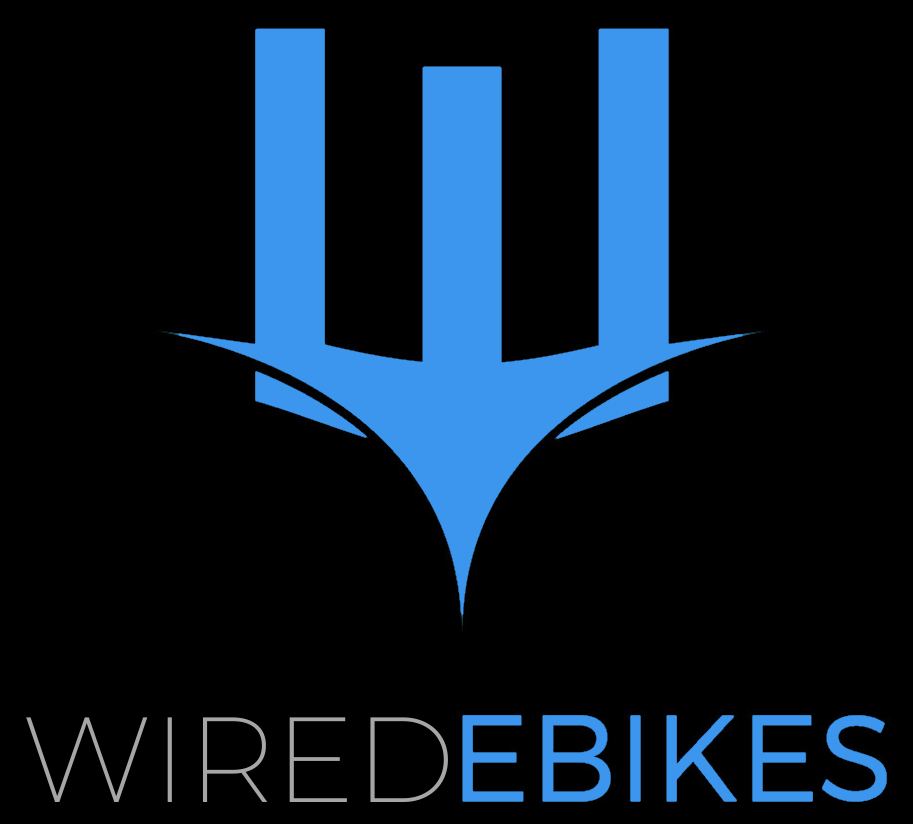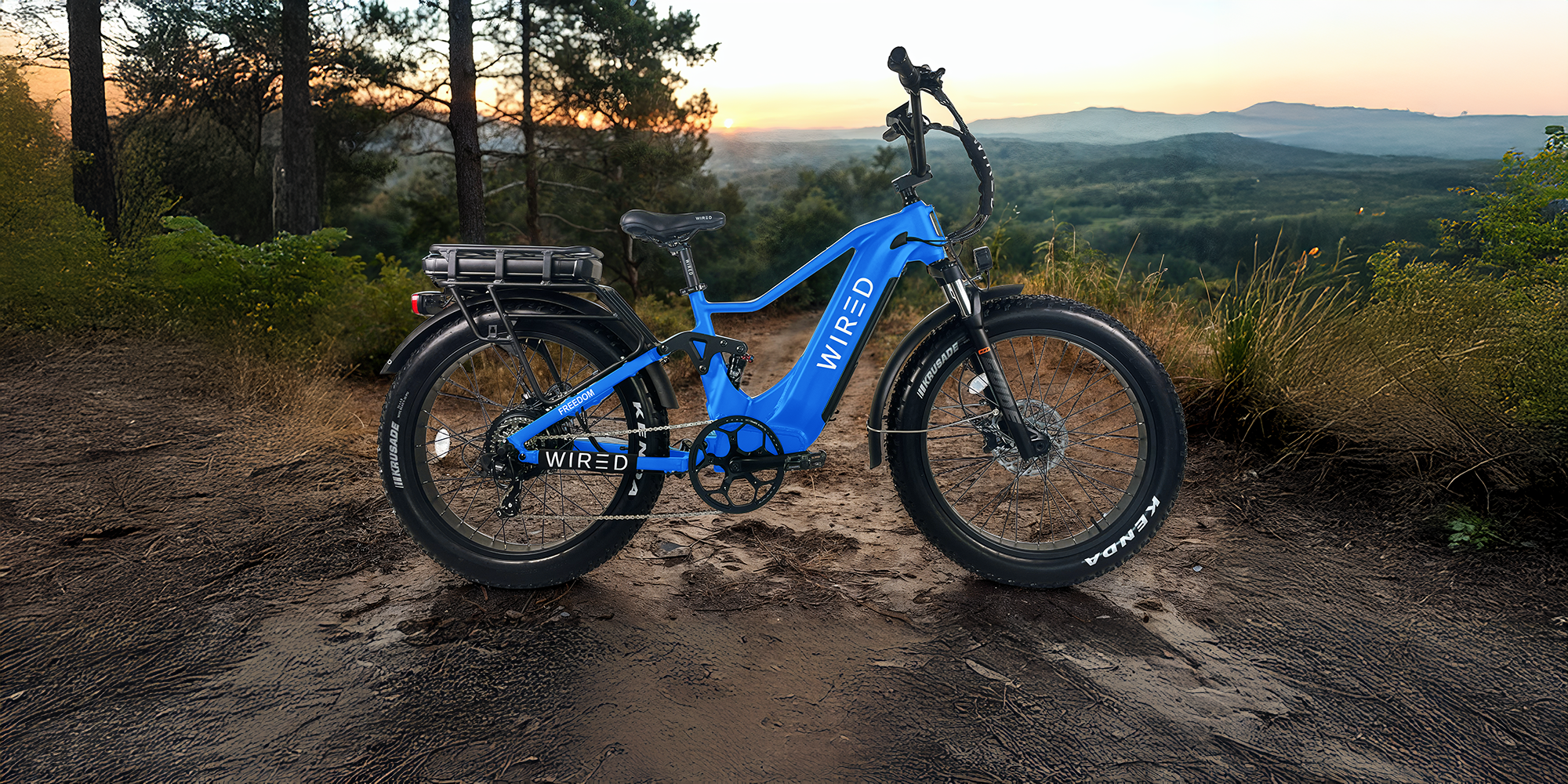
Brand new frame style and features! The Freedom 60V delivers serious power and unmatched range. Dual batteries, selectable cadence/torque pedal assist, and 3200W of peak power are just a few of the incredible features our newly refined Freedom Power Performance Bike (PPB) offers. The Wired Freedom now offers the ability to fully customize the exact percentage of throttle and pedal assist you want. No other company in the market allows for such accurate customization. None. The Wired Freedom truly makes every ride extraordinary.
3200W
35+ MPH
90 MILES
153Nm
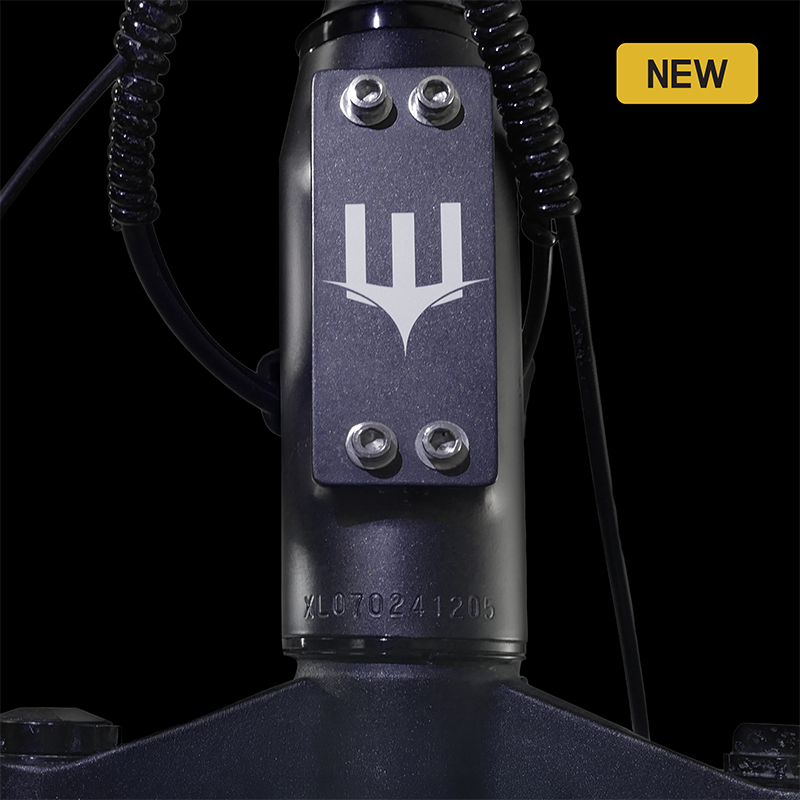
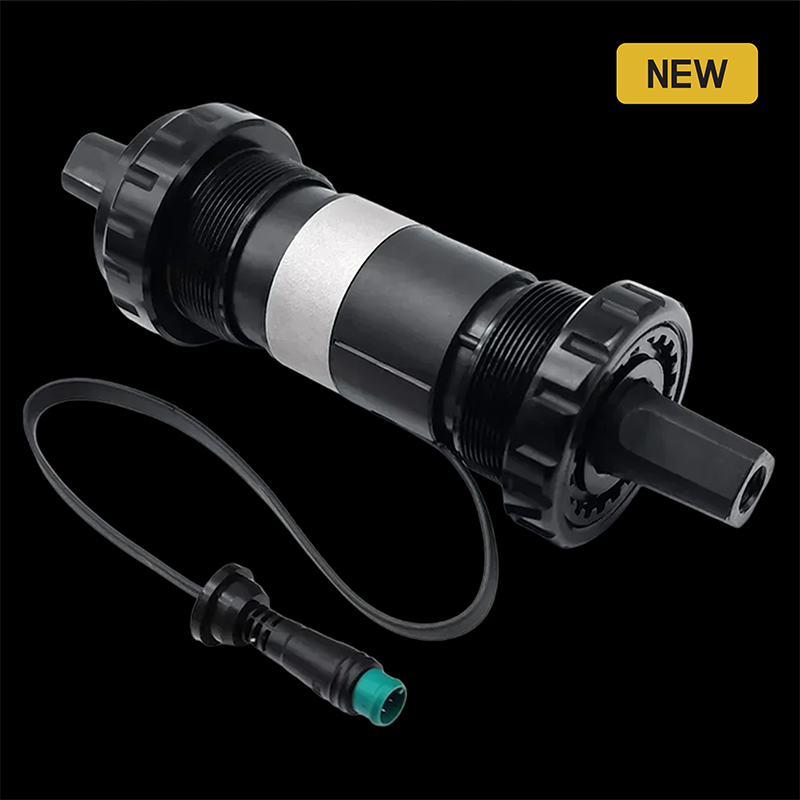
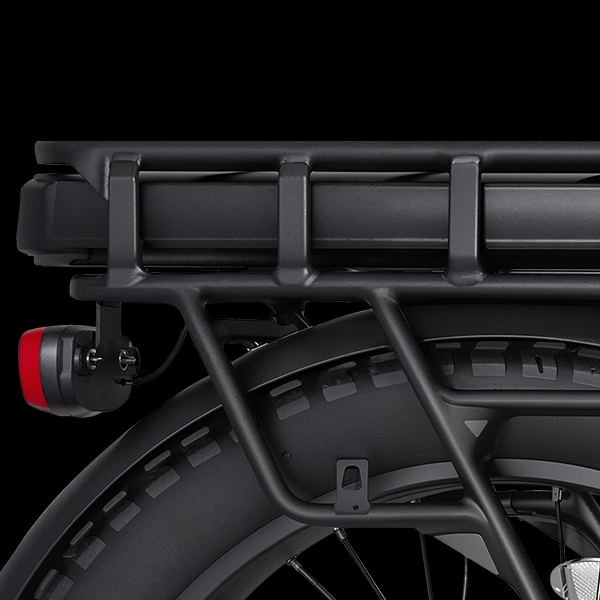
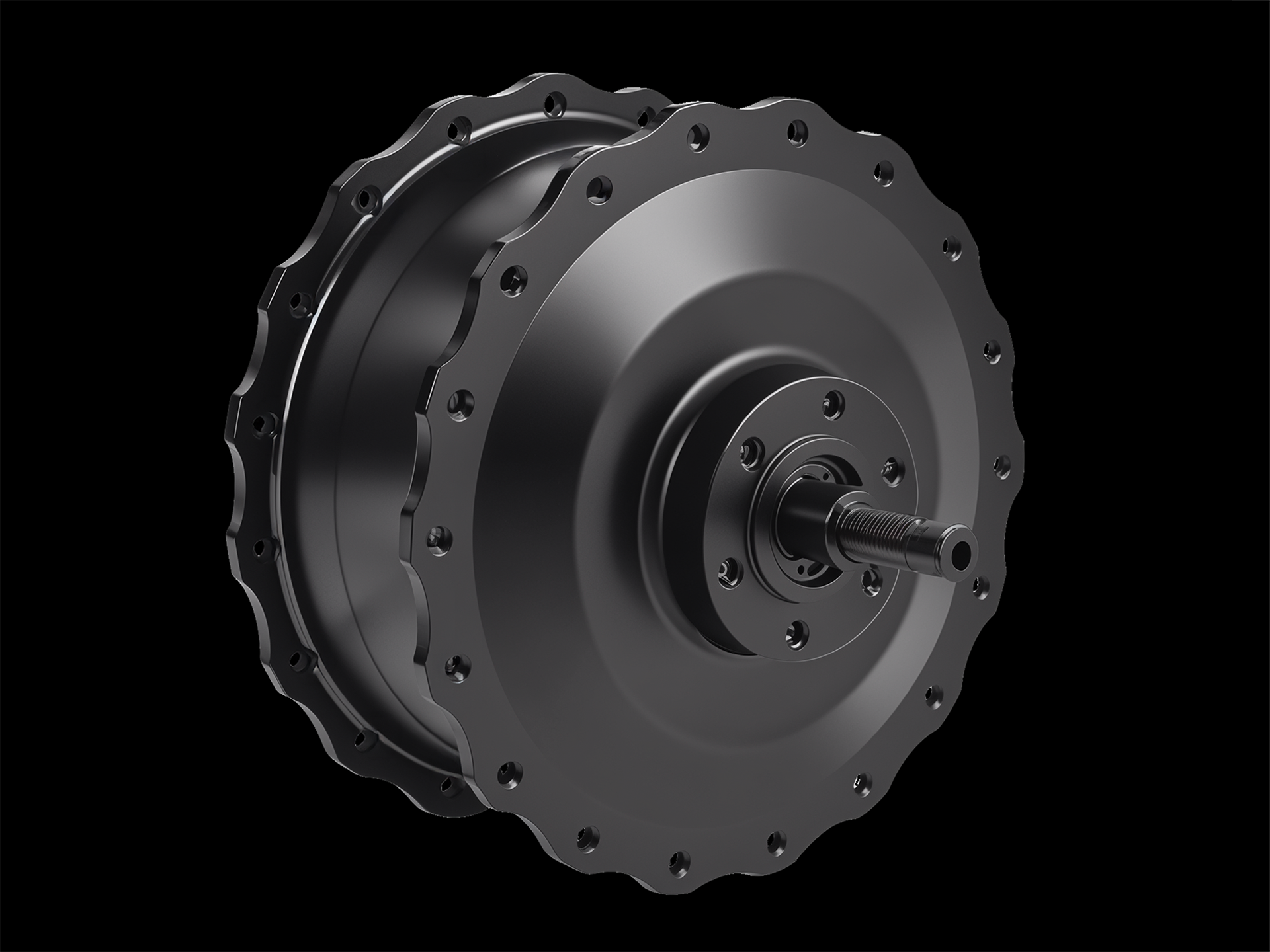
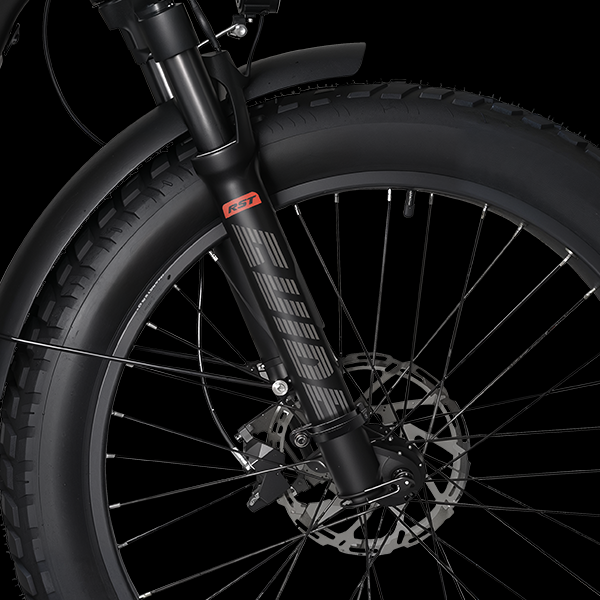
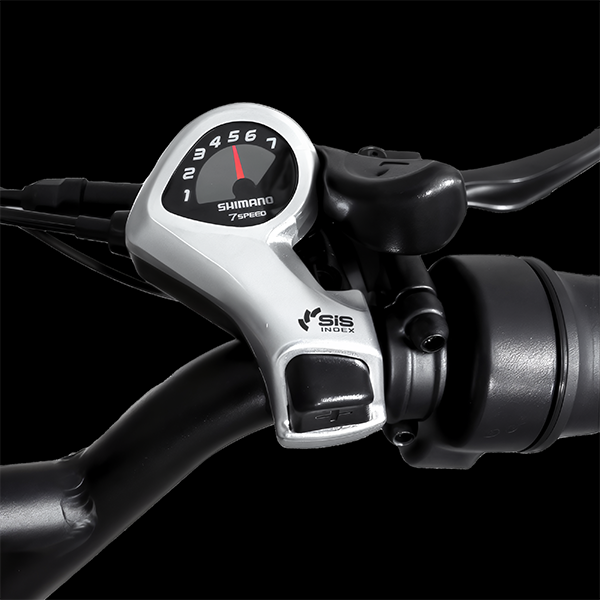
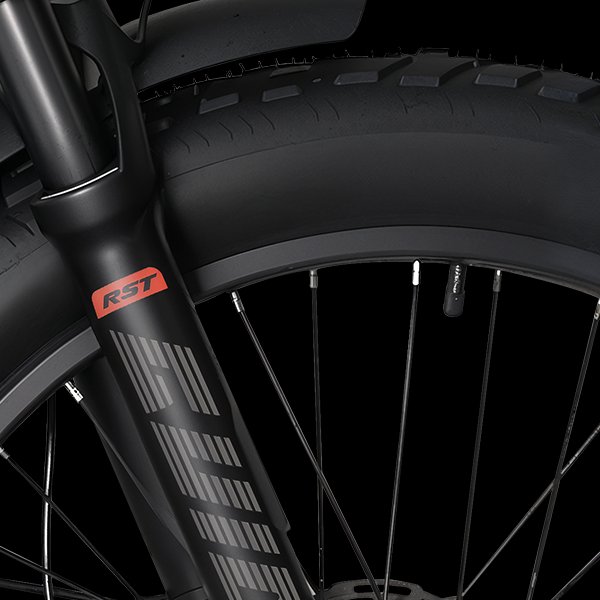
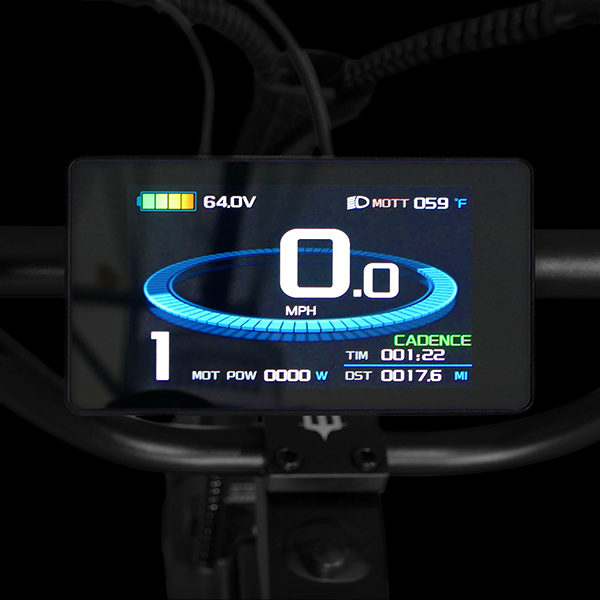
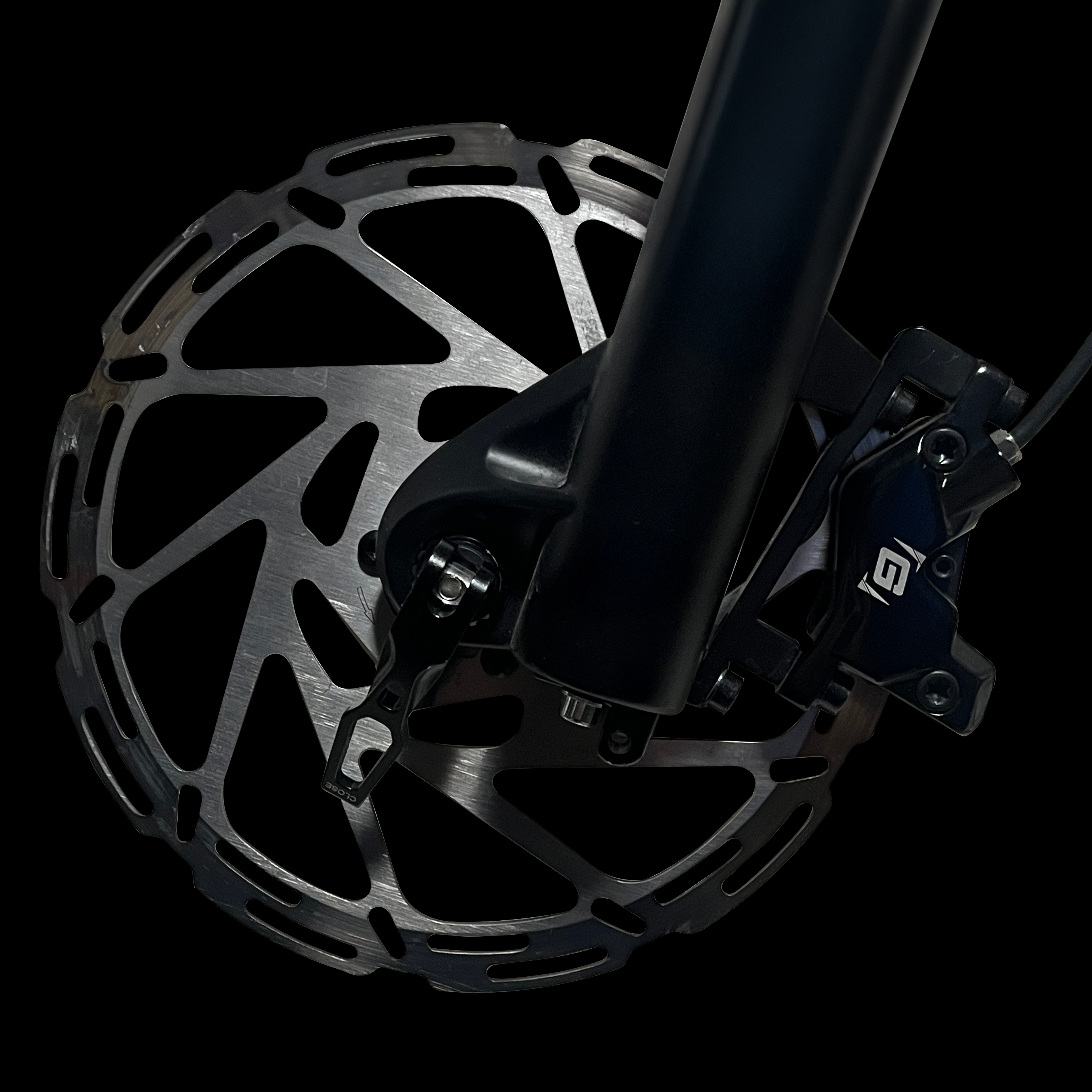
DETAILED SPECS
Title
Title
Title
Title
Title
Title
Title
Title
Title
Title
Title
Title
Title
Title


